Chokkan is a brilliant example of bonsai artistry that embodies elegance, simplicity, and serenity. Even in miniature form, these trees convey a sense of towering strength and timeless beauty, each sculpted with meticulous care to represent nature in its most formal and upright state. Understanding Chokkan requires a journey through its unique characteristics, care regimen, cultural significance, and the challenges in crafting such a splendid miniature masterpiece. As we delve into the world of Chokkan, we gain appreciation for the dedication, patience, and artistry required to cultivate these exquisite bonsai trees.
Definition and Characteristics of Chokkan
Chokkan: The Epitome of Formal Upright Bonsai
Chokkan, also known as the Formal Upright Bonsai Style, is a traditional and highly respected style in the bonsai tree art form. This style symbolizes dignity, greatness, and firmness, thereby making it distinct and unique compared to other bonsai styles. Hailing from Japan, the Chokkan style encapsulates the very essence of tranquility and peace.
Physical Characteristics of Chokkan Bonsai Trees
A defining element of Chokkan bonsai trees is symmetry. The branches on the tree are arranged in a symmetrical pattern cascading down from the tallest point of the tree. This pattern decreases in size as it moves from top to bottom in a systematic way. The first branch usually emerges around one-third of the total height of the tree from the apex. Each subsequent branch then alternates sides along the trunk, forming a balanced and harmonious pattern. This decreasing pattern extends below to the roots, which in a well-formed Chokkan bonsai should be evenly distributed around the base of the tree.
The trunk of a Chokkan bonsai should be robust and straight, symbolizing the strength of the tree and exemplifying its upright nature. This trunk usually remains of the same thickness throughout its length, tapering only minimally at the top. The bark is typically coarse and fissured, bestowing an aged look to the tree.
Elegance and Sophistication of Chokkan Bonsai Trees
The elegance of Chokkan can be attributed to its rigid formality and structured appearance. It adheres to the strict rules of bonsai tree art, reflecting discipline and reverence in its creation. The unwavering straight trunk symbolizes stability and resilience, adding to the aesthetic appeal of the bonsai.
Chokkan bonsai trees are among the most traditional and respected forms of bonsai due to their straightforward yet sophisticated style. The refined simplicity conveyed by these bonsai trees exudes a Zen-like serenity that is both calming and enchanting.
Introduction to the Artistry of Chokkan Bonsai Trees
Among the various styles of bonsai trees, the Chokkan or formal upright style holds a traditional, highly regarded stance. Its majestic presentation and balanced form capture eyes in displays and exhibitions, underlying its cherished status in the bonsai community. The Chokkan’s growth pattern mirrors that of full-grown trees, giving it an innate grace and allure. Despite shifting trends in bonsai artistry, the timeless style and dignified aesthetics of Chokkan bonsai trees perpetuate its popularity. The allure comes from its structured form, uniform branching, and the serene aura of its towering stance, all of which establish the Chokkan as a classic in bonsai artistry.
Growing and Cultivating a Chokkan Bonsai
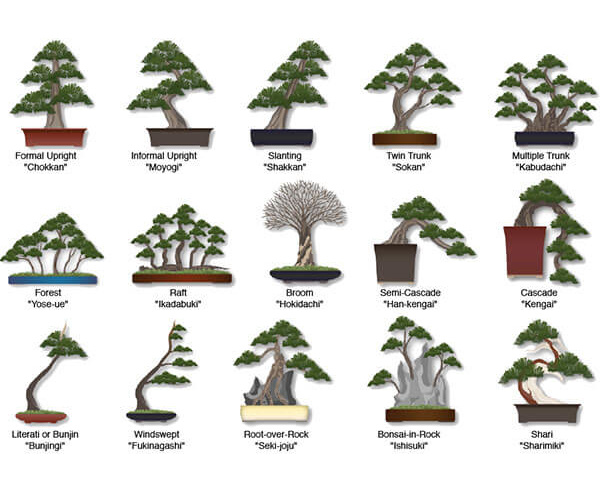
Distinctive Features of Chokkan Bonsai Trees
Celebrated for its grace and tranquility, the Chokkan style of bonsai trees sets the standard for elegance. The defining features include a perfectly perpendicular trunk that extends from the base to the apex, along with branches that decrease in size from the bottom to the top. This design imparts a natural and balanced look to the tree. Such growth is typical in nature for trees growing in open spaces with ample sunlight, allowing them to develop without leaning or bending. Tree species like Red pine, Larch, and Junipers are commonly used to cultivate Chokkan bonsai trees.
Choosing the Best Tree Type
The selection of the tree type for growing a Chokkan Bonsai is of significant importance. In general, tree species indigenous to your local area tend to be easier to cultivate as they are adapted to local soil and climatic conditions. However, certain tree species are better suited to showcase the grace of Chokkan style. An example would be Juniper trees as these have naturally straight trunks, require less pruning, and are highly resilient. Pines, Spruces, and Cedars are also excellent candidates.
Planting Seeds or Cuttings
Growing a Chokkan Bonsai from seeds or cuttings can be a satisfying hobby. Seeds need to be sown in a well-drained seed mix, placed in a bright spot, but not directly under sunlight. It is important to keep the soil consistently damp and to have patience – germination can take several weeks or even months. Cuttings taken from the parent tree can be planted directly into the bonsai pot and tend to grow roots faster.
Soil Requirements
The soil used for Chokkan Bonsai should be well-draining yet capable of retaining moisture and nutrients. A good rule of thumb for bonsai soil composition is one part organic compost, one part grit or gravel, and one part humus or peat moss. The compost supplies nutrients, the grit improves drainage, and the humus retains moisture. The soil’s pH should ideally be between 6.0 and 7.0, which most trees find favorable for growth.
Light Conditions
Chokkan Bonsai, like all bonsai trees, need plenty of light so they should be placed in a bright location. However, exposure to direct hot sunlight during summer afternoons should be avoided to prevent drying out of the tree. If growing a Chokkan Bonsai indoors, make sure it is placed near a source of natural light, for example, a window that faces south.
Pruning and Maintenance
Pruning in Chokkan style plays a significant role in ensuring the tree grows in a straight-up fashion, with the lower branches being the longest and the upper ones progressively shorter. This form of pruning helps simulate the effect of a full-sized tree as seen in nature. Regular watering is essential; however, it is crucial to avoid overwatering since this can lead to root rot. A common rule is to let the topsoil dry out before watering again. The tree should also be repotted every one to two years.
Chokkan Bonsai: an Art Form that Involves Time and Practice
Becoming adept at growing and caring for a Chokkan bonsai tree, a variety known for its graceful upright structure, calls for immense patience. It’s a pursuit that provides no quick return on investment but does offer an impressive display of beauty over time. The shaping and nurturing of these bonsai trees take years. However, the outcome serves as a testament to the grower’s artistic flair and resolve. As one cultivates a Chokkan bonsai, they not only create a magnificent living piece of art but also gain an enriching education about plant life in general. With enduring dedication and a positive attitude, anyone passionate about bonsai can successfully grow a stunning Chokkan bonsai tree.
Maintenance and Care for Chokkan Bonsai
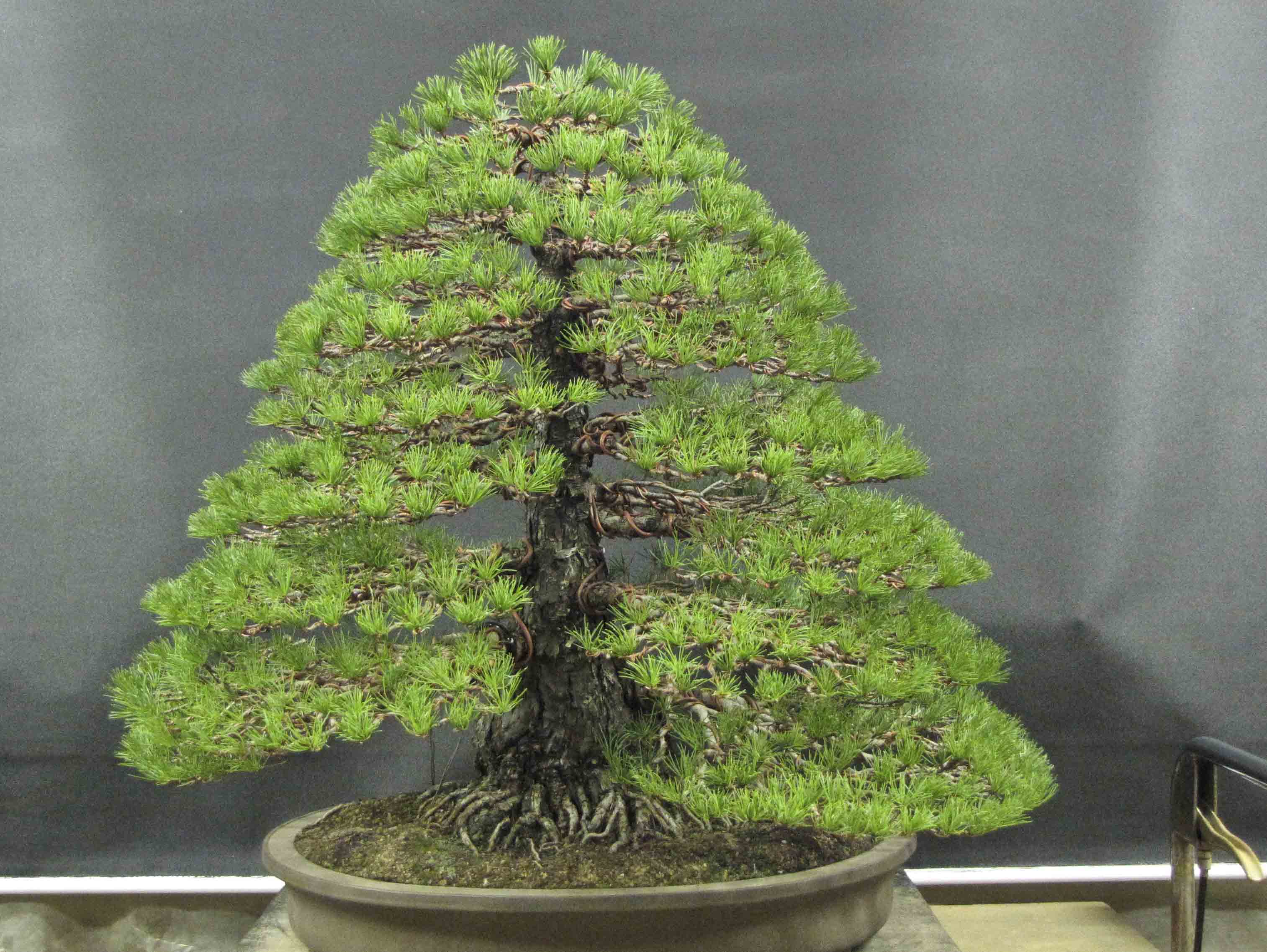
Proper Watering Techniques for Chokkan Bonsai
The practice of watering a Chokkan bonsai is a critical element in keeping this traditionally upright tree in optimal health. The ideal time to water these bonsai trees is once the soil appears slightly dry. It’s best to do this either early in the morning or late in the evening, using a watering can equipped with a fine nozzle to help prevent soil disturbance. Mistakes to avoid include overwatering — which could result in root rot — and underwatering, which could cause the bonsai to dehydrate. A healthy Chokkan bonsai requires a balance: understanding when and how much to water is essential, considering factors such as the bonsai’s pot size, location, and seasonal changes.
Fertilizing Chokkan Bonsai
Fertilizing is another essential step in Chokkan bonsai care. The lack of sufficient nutrients can stunt the growth of your bonsai or lead to weak and discolored leaves. Balance is key: do not over-fertilize, as this can be destructive. A slow-release granular bonsai fertilizer should be used every month during the growing season, usually beginning in the spring and ending in early fall. During the winter, less fertilizer is needed as the tree is often in a dormant state.
Pruning Chokkan Bonsai
Pruning maintains the formal upright shape of the Chokkan bonsai and promotes its good health by removing dead or diseased branches. Pruning needs to be done with a concave cutter – a special tool developed for bonsai tree pruning. This tool makes cuts that heal with minimal scarring. Regular trimming also helps maintain the shape of the tree, as it encourages the growth of new branches and twigs.
Disease Control in Chokkan Bonsai
Chokkan bonsai trees may be subject to disease and pest attacks. Preventive measures include ensuring that the bonsai is well cared for, as stress can weaken the tree’s immune system. Maintaining cleanliness is equally important—clean your bonsai pots, tools, and benches regularly to prevent the spread of pathogens. If a disease does surface, it can often be controlled using fungicides, miticides, or insecticides, depending on the type of issue.
Re-potting Chokkan Bonsai
Re-potting is a vital aspect of Chokkan bonsai care. Generally, young bonsai trees need to be repotted every two years, while older trees only need it every three to five years. Re-potting is best done in either early spring or late summer. During the process, any dead or damaged roots should be removed, and the tree should be placed in new, nutrient-rich soil.
Chokkan bonsai trees, known for their elegant upright forms, can continue to grace your surroundings for numerous generations if tended to accurately. It is vital to observe these miniature masterpieces routinely, as early signs such as wilting leaves or decayed roots could indicate potential distress. Proactive measures during early stages of such symptoms can help maintain the health, longevity, and beauty of your Chokkan bonsai.
The Cultural and Artistic Significance of Chokkan Bonsai
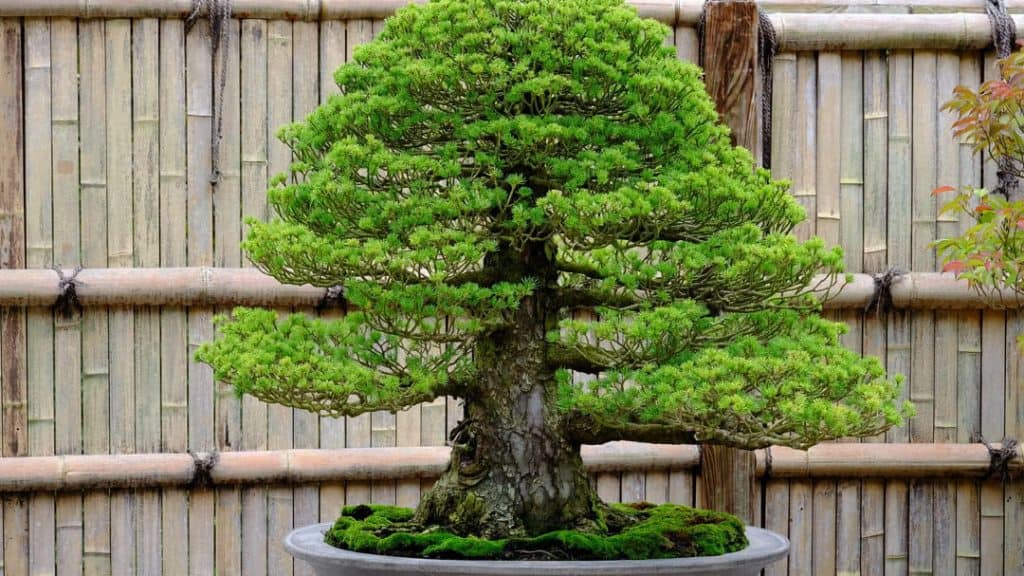
Unveiling the Cultural Aspects of Chokkan Bonsai
Born from the profound customs of Japanese culture, the Chokkan bonsai displays one of the most respected and formalistic styles of bonsai creativity. Chokkan, translating to “formal upright”, depicts a tree thriving in its natural environment, encapsulating its elegance, long life, and grandeur. The triangular silhouette and descending branches of a Chokkan guide the observer’s sight upward, symbolizing the Japanese belief of venerating nature.
In addition, the essence of Chokkan resonates deeply with the key Japanese aesthetic sense called Wabi-Sabi. This philosophy, an integral part of the traditional Japanese tea ceremonies, appreciates art forms that capture the intrinsic beauty laden with imperfections or aging marks. The upright layout of a Chokkan bonsai, showcasing the variations, bends and color alterations due to aging, signifies this very aesthetic.
Crafting a bonsai tree into the Chokkan style asks for immense patience, a virtue greatly esteemed in Japanese culture. The artist meticulously guides a small sprig into a trunk, a bud into a leaf, accepting the possibility of a journey that might span over a century to manifest the tree’s growth.
Artistic Symbolism of Chokkan Bonsai
The art of bonsai is not simply about replicating the form of a tree in miniature, but it is a statement of harmony and balance. Artists strive to evoke the most profound qualities of the tree, depicting its struggle and adaptation, responding to natural elements over time. The Chokkan style is a powerful representation of this concept.
Artistically, the formal upright style showcases elements of symmetry, drawing on the principles of balance and proportion as developed in Japanese visual art. The rule of threes is often applied, where the tree’s height is three times the width of the base, dividing the tree into aesthetically pleasing planes.
The elegance and tranquility of Chokkan bonsai make them a favorite subject among artists and photographers. They are seen to embody endurance, standing upright against the brutal forces of nature, an allegorical figure for resilience and unbending will.
The Chokkan bonsai is not simply a decorative art form but a meditation on nature’s resilience. It’s a symbol of man’s attempt to understand and represent the intricate workings of the natural world, thereby making it a significant and compelling form of artistic expression.
Chokkan Bonsai: A Global Symbol of Beauty and Serenity
The alluring grace of bonsai artistry has led to worldwide recognition, and Chokkan-style bonsai trees have significantly contributed to the rise. Not only are these formal upright trees exhibited proudly in museums, art galleries, and cultural festivals globally, but they often share the stage with expressions of traditional Japanese artforms like Haiku poetry or Zen philosophy, providing deeper insights into their symbolic significance.
Beyond the Eastern borders, the enchanting beauty of the Chokkan bonsai style has found a home in the hearts of Western enthusiasts. The number of people adopting it as a hobby only shows an upward trend, as individuals use it as a tool to stay grounded, find inner tranquility, and nurture patience in a world that never slows down. Through this, the art of Chokkan bonsai transcends geographical boundaries, highlighting its universal appeal.
Despite its global footprint, the Chokkan Bonsai remains a significant part of its embedded roots in Japanese culture. This fact is made more visible by UNESCO’s recognition of bonsai as an Intangible Cultural Heritage of Japan, an acknowledgment of the style’s enduring influence in art and culture.
In a world increasingly dominated by artificial intelligence and mechanization, Chokkan bonsai stands as a gentle reminder of mankind’s synergy with nature, the philosophy of harmony, balance, and endurance. It is so much more than just a work of art; it is a material representation of deep cultural symbolism.
Common Challenges and Troubleshooting in Growing Chokkan Bonsai
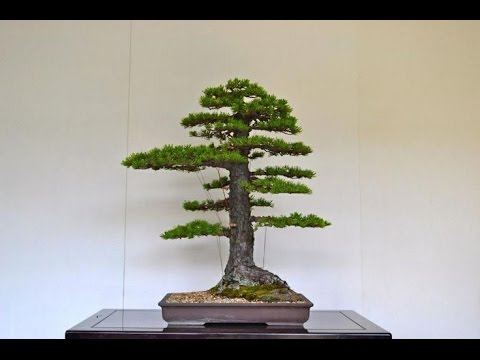
The Art and Challenges of Cultivating Chokkan Bonsai
The classical style of Chokkan or formal upright bonsai is undeniably charming. The allure lies in the simplicity of their perfectly vertical trunks, the elegantly drooping branches, and subtle aesthetics. However, nurturing a Chokkan bonsai to its full potential has its share of challenges, and understanding them is vital to preserving the tree’s health and grace.
The most common obstacle is imperfect trunk development. The quintessential Chokkan bonsai boasts a flawlessly straight trunk, which consistently tapers from the base to the apex. This trunk must stand tall without tilting, and the branches must descend in size from the bottom upwards. Any deviation from this traditional form can diminish the charm associated with a Chokkan bonsai.
Branch misalignment forms another hurdle. A Chokkan bonsai’s beauty is enhanced by proper branch arrangement with an ascending size gradient. If the branches deviate from this pattern, either in size or positioning, it can disrupt the balance of the bonsai’s appearance.
Lastly, watering inconsistencies can induce several complications. Overwatering a bonsai can precipitate root rot, a condition that can prove fatal if not addressed promptly. Conversely, under-watering can result in the wilting and eventual demise of the tree.
Diagnosing Problems
For trunk-related issues, a visual inspection is usually sufficient. If the trunk is leaning or if it lacks the gradual tapering, it indicates a problem. Similarly, branch development issues can be diagnosed visually. If the branches seem irregular in size or placement, it’s likely a sign of an issue.
As for watering, the signs of both underwatering and overwatering are often similar, such as yellow leaves, wilting, or dropping leaves. But, by inspecting the soil level, determining whether the bonsai is getting too much or too little water is possible.
Addressing and Preventing Challenges
To address faulty trunk development, careful pruning and wiring can be used. Wiring is a common practice whereby high tensile wire is wrapped around the trunk or rogue branch to intentionally direct growth. This practice must be done with careful attention and precision to avoid damaging the tree.
For non-harmonious branch development, pruning can help. Regularly pruning your bonsai will allow you to control the shape and growth and maintain the desired aesthetic. Keep in mind, however, that over-pruning can lead to weakened trees that are more susceptible to disease and pests.
Ensuring that there is a correct watering routine is the best way to prevent watering-related concerns. Checking the soil regularly and adjusting watering quantities based on the climate, time of the year, and specific needs of your bonsai species can help prevent both overwatering and underwatering.
Regularly monitoring your bonsai for signs of trouble is recommended. Adopting the proper care techniques for the Chokkan style can result in a healthy and stunning bonsai tree.
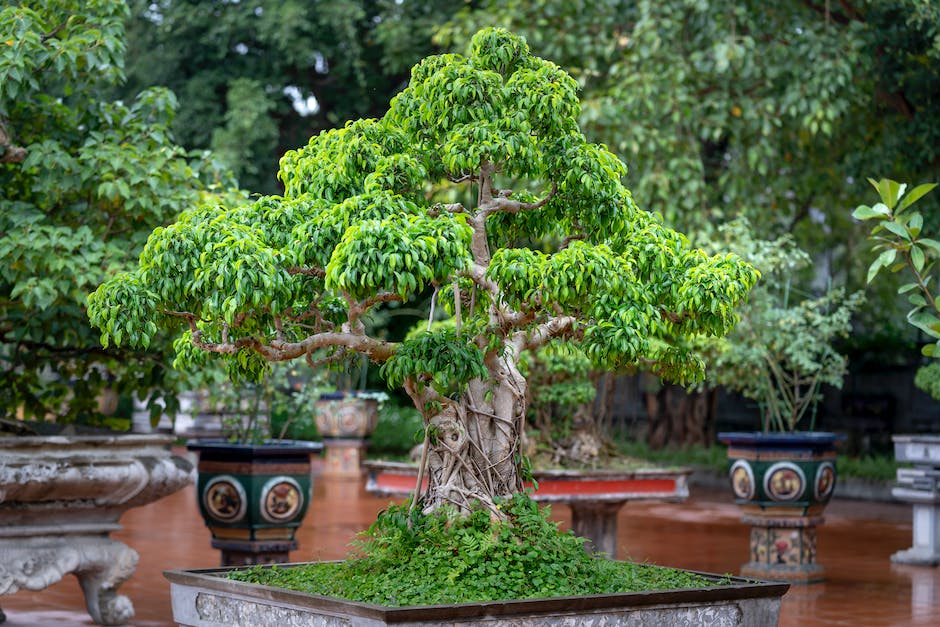
Chokkan bonsai, with their refined elegance and timeless beauty, offer a unique window into the careful balance between nature and art. While caring for these bonsai can present certain challenges, the reward comes in the form of a truly captivating natural spectacle that embodies harmony and resilience. Coupled with the deep cultural and artistic sentiments these trees carry, the Chokkan bonsai remains a testament to the pursuit of perfection in simplicity. As you venture into the world of bonsai and embrace the journey of growing a formal upright tree, remember that the art of Chokkan is about patience, care, and an appreciation for the intricate beauty of nature.
